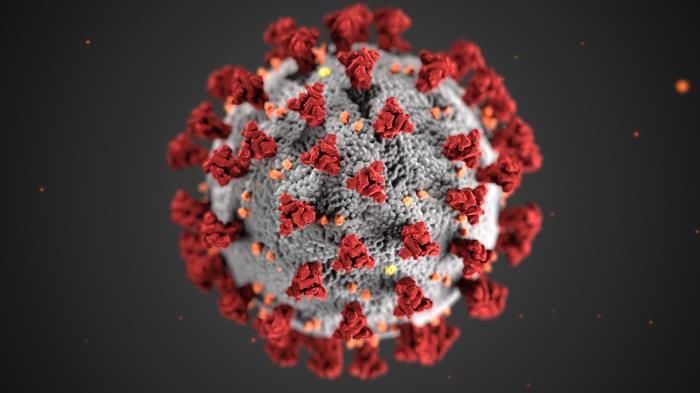CTA Can Help Pinpoint PE Risk in Obese Patients
Results show COVID-19-positive patients with BMI greater than 30 are at significantly higher PE risk.

Patients who are COVID-19-positive could benefit from being evaluated for pulmonary embolism (PE) with CT angiography (CTA). It can be particularly helpful for patients who are obese or who have high inflammation levels, new research has found.
In a study published in Radiology on May 14, a team of investigators led by Neo Poyiadi, M.D. a radiology resident at Henry Ford Health System, determined CTA could help providers render better medical care for patients at risk for developing PE. Based on the study results, they found patients with a body mass index (BMI) of more than 30 kg/m2 were 2.7 times more likely to experience the condition.
Because the body of evidence is growing around the thrombotic complications COVID-19 positive patients can develop, Poyiadi’s team wanted to determine what could make some patients more susceptible than others. To find the answer, the team evaluated the clinical characteristics of COVID-19-positive patients who also developed PE against those who did not.
Between March 16 and April 18, the team examined chest CT exams on 328 patients who tested positive for the virus with RT-PCR and had also undergone pulmonary CTA. In patient data, they looked for current PE, as well as evidence of a prior one, and they reviewed the patient records for a BMI greater than 30, D-dimer values, and statin use.
Of this patient group, the team determined 22 percent had PE. Those most at risk included patients who weighed more, individuals with higher mean C-reaction protein and mean D-dimer values, and non-intubated patients who needed oxygen prior to the CTA.
However, there was no statistically significant difference between patients who did and did not develop PE in terms of intensive care unit (ICU) admissions or the need for or duration of intubation. In fact, 72 percent of PE were identified in patients not admitted to the ICU, they said.
Overall, the team said, these results can help providers better determine the PE risk for a COVID-19-positive patient.
“Our study, in conjunction with recent and future studies, may prompt early evaluation with pulmonary CT angiography in COVID-19 patients who are at increased risk for developing pulmonary embolism based on demographic, clinical, and laboratory variables,” they wrote.
Study with CT Data Suggests Women with PE Have More Than Triple the One-Year Mortality Rate than Men
April 3rd 2025After a multivariable assessment including age and comorbidities, women with pulmonary embolism (PE) had a 48 percent higher risk of one-year mortality than men with PE, according to a new study involving over 33,000 patients.
The Reading Room: Racial and Ethnic Minorities, Cancer Screenings, and COVID-19
November 3rd 2020In this podcast episode, Dr. Shalom Kalnicki, from Montefiore and Albert Einstein College of Medicine, discusses the disparities minority patients face with cancer screenings and what can be done to increase access during the pandemic.
Predicting Diabetes on CT Scans: What New Research Reveals with Pancreatic Imaging Biomarkers
March 25th 2025Attenuation-based biomarkers on computed tomography (CT) scans demonstrated a 93 percent interclass correlation coefficient (ICC) agreement across three pancreatic segmentation algorithms for predicting diabetes, according to a study involving over 9,700 patients.
Can Photon-Counting CT be an Alternative to MRI for Assessing Liver Fat Fraction?
March 21st 2025Photon-counting CT fat fraction evaluation offered a maximum sensitivity of 81 percent for detecting steatosis and had a 91 percent ICC agreement with MRI proton density fat fraction assessment, according to new prospective research.